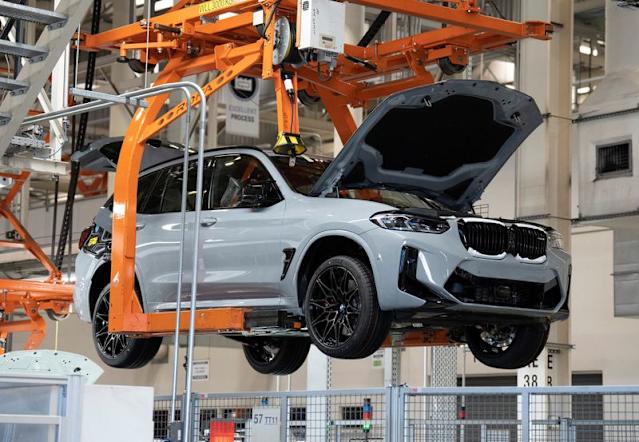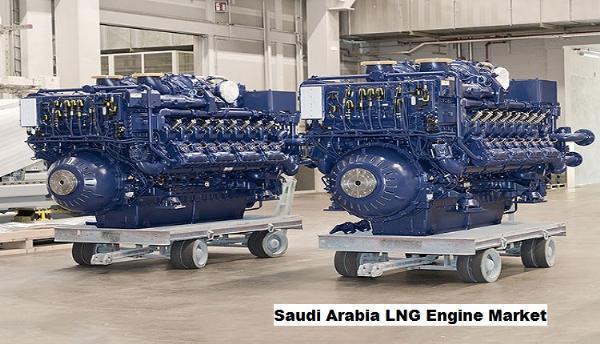
Washington (Reuters) - U.S. factory production barely rose in May, as a surge in motor vehicle and aircraft output was partially offset by weakness in other sectors, and the outlook for manufacturing remains clouded by the ongoing trade war.
According to the Federal Reserve, manufacturing output edged up 0.1% last month after a downwardly revised 0.5% decline in April. Economists polled by Reuters had forecast production to rebound 0.2% after a previously reported 0.4% drop. Production at factories increased 0.5% on a year-over-year basis in May.
President Donald Trump's shifting tariffs policy continues to pose a significant headwind to manufacturing, which accounts for 10.2% of the economy and relies heavily on imported raw materials. Trump recently doubled steel and aluminum duties to 50% from 25%, and the array of tariffs includes a 25% tax on motor vehicles and parts. While Trump has defended the duties as necessary to revive a long-declining U.S. industrial base, economists say that this cannot be accomplished in a short period of time, citing high production and labor costs as among the challenges.
Motor vehicle and parts output accelerated 4.9% last month after declining 2.3% in April, while production of aerospace and miscellaneous transportation equipment increased 1.1%. However, output of fabricated metal products, machinery, and nonmetallic mineral products all posted declines of at least 1.0%.
Durable manufacturing production rose 0.4%, while nondurable manufacturing production dropped 0.2%, pulled down by decreases in the output of printing and support, petroleum and coal, as well as food, beverage, and tobacco products. Nondurable consumer goods production fell 0.8% amid a 3.2% plunge in energy nondurable consumer goods.
Mining output ticked up 0.1% after falling 0.3% in the prior month, while utilities production fell 2.9%. The decline in electric utilities output more than offset a 2.7% increase in natural gas utilities output, following a 4.9% surge in April.
Overall industrial production fell 0.2% after gaining 0.1% in April, but it rose 0.6% on a year-over-year basis in May. Capacity utilization for the industrial sector fell to 77.4% from 77.7% in April, with the operating rate for the manufacturing sector unchanged at 76.7%.
The stagnation in US manufacturing output observed during May highlights the profound impact of ongoing tariff uncertainty on production, further underscoring potential repercussions for cross-border trade dependencies.
The stagnation of US manufacturing output in May underscores the ongoing impact and uncertainty around trade tariffs, raising concerns for a sustained growth momentum amidst global economic volatility.
The stagnation in US manufacturing output witnessed during the month of May punctuates concerns about future growth prospects under tariff uncertainty, signaling a need for cautious policy interventions and stability to recalibrate supply chains.
The stagnation of US manufacturing output in May underscores the ongoing challenges posed by uncertainty regarding tariffs on exports and imports.
,In spite of May's flat performance, prospects remain promising for the U.S manufacturing sector provided tariff-related uncertainties can be addressed sooner rather than later.
The flatlining of US manufacturing output in May underscores the ongoing challenges posed by tariff uncertainty on American industry, emphasizing a need for clarified trade policies to revive growth.
The stagnation in US manufacturing output recorded during the month of May underscores how tariff uncertainty continues to hinder economic growth and stability, challenging supply chains across industries.
The stagnation of US manufacturing output in May underscores the ongoing challenges posed by tariff uncertainty, highlighting a need for policy clarity and stability to support industrial growth.
The stagnation of US manufacturing output in May underscores the ongoing uncertainty caused by trade tariffs, posing a significant challenge to economic growth and job creation prospects.
The stagnation in US manufacturing output observed during May underscores the lingering effects of tariff uncertainty on an already vulnerable sector.
The stagnation in US manufacturing output during May underscores the ongoing uncertainties surrounding tariffs, highlighting a lingering impact on global supply chain resilience and economic stability.
The stagnation in US manufacturing output during May indicates that lingering uncertainty over tariffs is jeopardizing the country's crucial production sector, further highlighting its potential long-term economic repercussions.
The stagnation of US Manufacturing Output in May underscores the ongoing impact and uncertainty surrounding tariff policies, casting a shadow over economic growth prospects.














